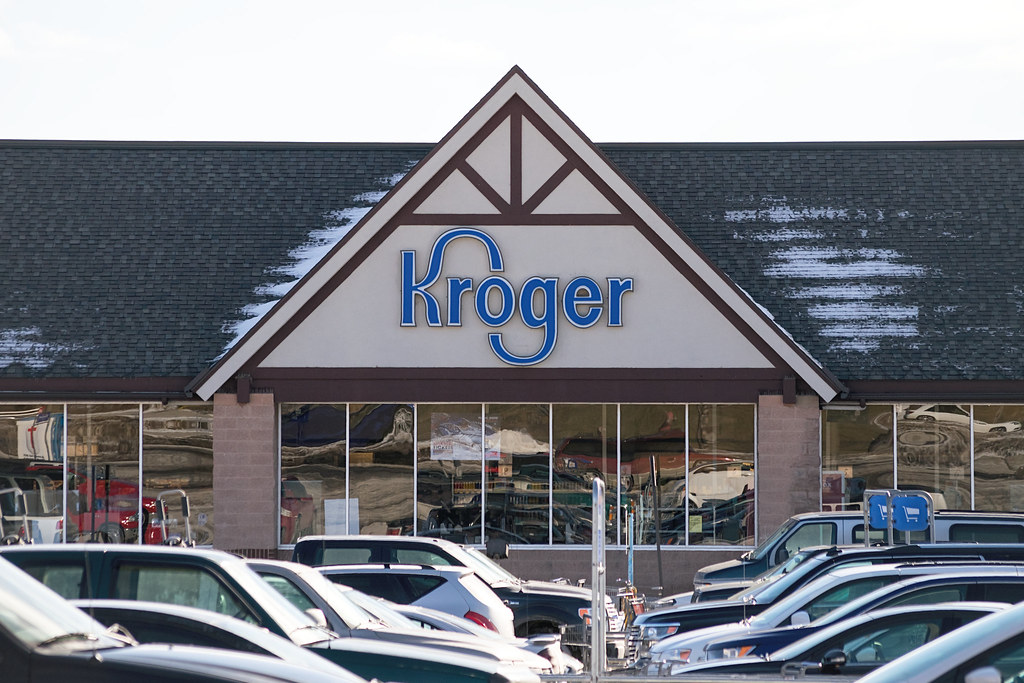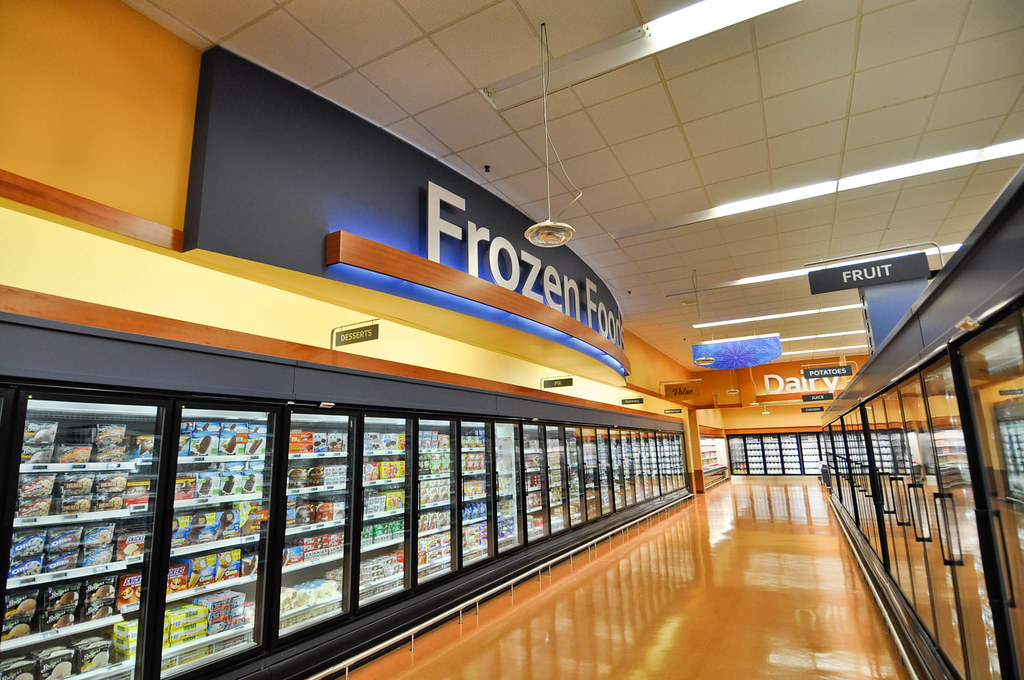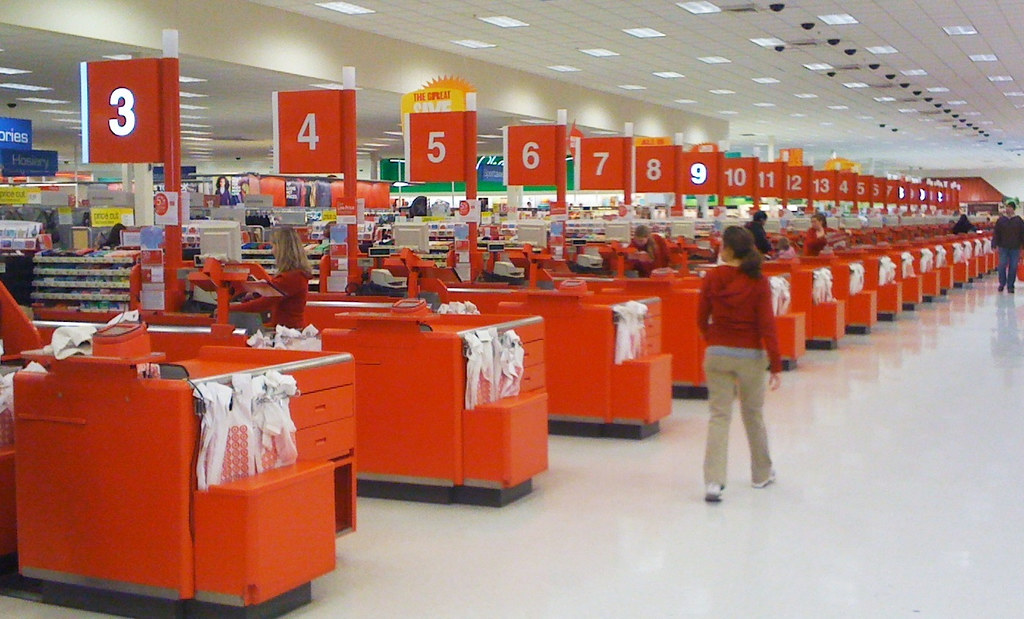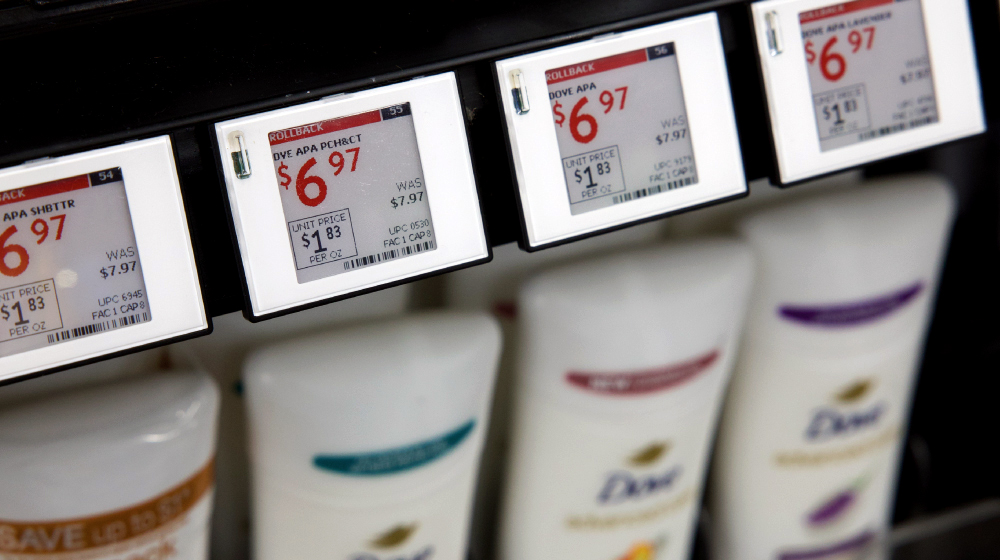When it comes to the grocery sector, the stock market’s message is straightforward and perhaps not terribly surprising: Natural food is hot, Walmart looks unstoppable, independent grocers face challenges, and for Kroger…well, for Kroger the market isn’t quite sure.
Kroger stock has performed well in 2024, rising 9% so far this year. But on a two-year basis, the stock has barely budged and shares have faded 15% from early April levels. The reaction to first-quarter earnings last week further highlights the uncertainty: Kroger stock jumped in early trading but finished the day down a little over 3%.
On its face, the quarter seems solid. Both sales and earnings surpassed Wall Street expectations. Kroger’s outlook for the full fiscal year was maintained. On the post-earnings conference call, management certainly sounded optimistic with forecasts for improved performance in the second half of the fiscal year.
But there was a notable remark from chief executive officer Rodney McMullen on the earnings call. “For the first time, it finally starts looking and feeling more like pre-COVID times,” he said. The concern is that “pre-COVID times” weren’t necessarily great for Kroger.
In the second half of the 2010s, Walmart reasserted its dominance in grocery — a trend that continues. In its fiscal first quarter (which covers a slightly different time period), Walmart grew its same-store grocery sales “mid-single-digits.” For Kroger growth was just 0.6% (excluding fuel) albeit with an apparent, though modest, drag from its pharmacy business.
Meanwhile, promotional activity escalated before the pandemic, which pressured Kroger’s profit margins. From fiscal 2015 to fiscal 2019, the company’s adjusted operating profit actually declined. And so, in the second half of last decade, Kroger stock was almost exactly dead money: even including dividends, total returns were negative 1.7%. A return to normalized promotions could lead to an end to Kroger’s recent margin improvements.
And so the decline into and out of Q1 earnings seems driven, at least in part, by a fear that Kroger is heading back toward its old low-growth ways. In fact, elsewhere in the sector investors certainly seem to be pricing in a return to the pre-pandemic normal. Walmart stock is at an all-time high, while Sprouts Farmers Market and Natural Grocers by Vitamin Cottage have both more than doubled since the beginning of last year. Over the same period, independents like Ingles Market and Weis Markets are down sharply while Kroger has posted a relatively middling total return of 16%.
So the question for Kroger is if the second half of this decade will be different than the second half of the last one. There are two reasons to believe it might be.
The Pending Super-Merger & “Alternative Profit”
The first is the still-pending acquisition of Albertsons. To be sure, as we wrote when the merger was announced back in 2022, the deal itself likely highlights Kroger’s own worries about competition. And since the Federal Trade Commission sued to block the merger in late February, Albertsons stock has faded, suggesting investors don’t believe the deal will pass regulatory muster. But if Kroger can jam the deal through, there are profits to be added and synergies to be created. The combined company’s negotiating position with suppliers would be even stronger, perhaps forcing those suppliers to carry more of the weight in a more promotional industry.
The more interesting driver, however, is what Kroger calls “alternative profit.” This includes the company’s finance arm, but now most notably its retail media business, known as Kroger Precision Media. Alternative profit overall is huge: McMullen said at a 2023 conference that Kroger generated about $1.2 billion in annual earnings outside of grocery. That was nearly 30% of the company’s total operating profit for the year.
At the moment, the media business continues to expand, with management forecasting revenue growth of over 20% this fiscal year. Kroger is taking advantage of its first-party data to become a player in online advertising, where the long-awaited (and slow-moving) “end of the cookie” makes that data much more valuable. The company has partnered with Disney, for instance, to target Kroger customers through streaming platforms and more recently announced a deal to collaborate with Meta Platforms to target customers via Facebook and Instagram.
The media business quite literally didn’t exist until 2017, and between online advertising, third-party delivery platforms, and in-store work it has obviously tremendous potential. And so a Kroger that can hold the line on its legacy grocery business and drive growth elsewhere can remain a force in the industry and once again start driving positive shareholder returns. The response to Q1 earnings, however, suggests that investors aren’t yet convinced that’s how the story will play out from here.
Vince Martin is an analyst and author whose work has appeared on multiple financial industry websites. He’s the lead writer at Overlooked Alpha, which offers market-wide and single-stock analysis every week.
The Food Institute Podcast’s “Foodservice Gamechangers” Series
Get to know the men and women behind the scenes of foodservice distribution in a new, limited series from The Food Institute Podcast called “Foodservice Gamechangers.” Recently, Pat Mulhern, advisor to The Food Institute, sat down for brief conversations with seven of the most influential foodservice merchandising and distribution leaders. Highlighting their food career journeys and management styles, the conversations feature insightful thoughts on what may lie ahead for manufacturers, distributors, and operators in foodservice.











